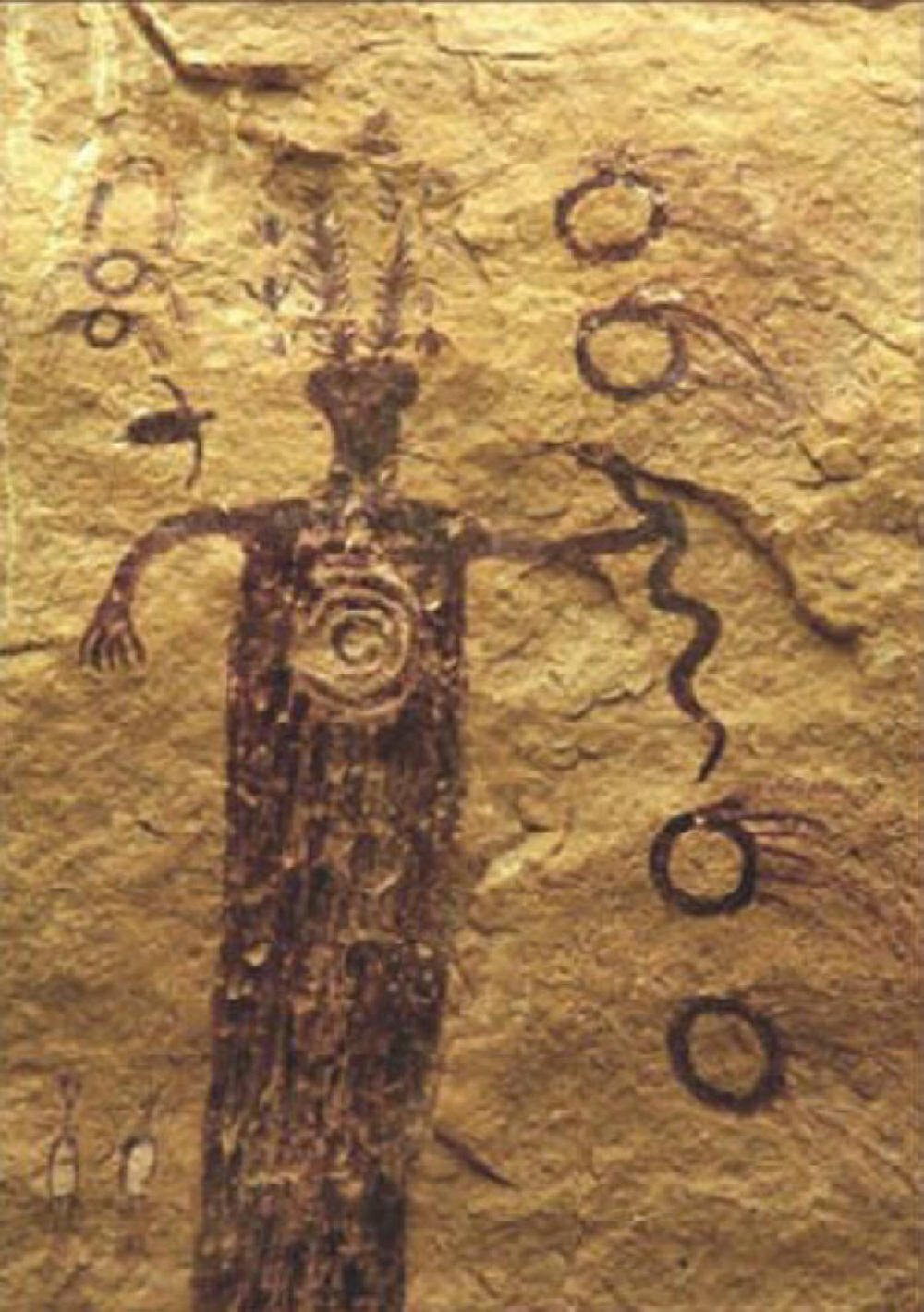

The plain the Nazca inhabited is so arid that it is almost weatherless few winds disturb its soil, and the region’s average precipitation tops out at 4 millimeters per year. The Nazca could have easily directed operations or checked much of their work from nearby hills.Įven the designs’ longevity is easily explained. While the Nazca Lines look best from the window of an airplane, all of them are also perfectly visible from elevated land, like the plain’s surrounding foothills - including the one Peruvian archaeologist Xesspe was hiking up when he spotted the glyphs. To get the proportions of their designs right, the Nazca could have created small models, then used stakes (some of which have been found) and ropes to scale them up. The difference in coloration creates distinctive lines that are visible for miles. The Nazca simply raked back the top layer of rocky soil, which thousands of years of weathering had turned a deep brownish red, to reveal the lighter yellow sand underneath. Others say the Nazca built the lines themselves but with extraterrestrial instructions, perhaps to create landing strips and runways for alien spacecraft, or to attract aliens with images big enough to be visible from space.Īs evidence, fans of the alien theory point to some of the more unusual Nazca biomorphs - the name for the etchings that depict forms found in nature, like humans, insects, birds, fish, trees, and flowers.Ī popular example is the biomorph called “the astronaut,” a human figure with a bulbous head like a man in a spacesuit.ĭiego Delso/Wikimedia Commons A Nazca depiction of a spider. It’s only from directly overhead, they say, that some of the designs are truly visible.Īliens are a popular choice for their helpers. Proponents of paranormal theories claim that the Nazca, the indigenous people credited with creating the lines some two thousand years ago, couldn’t possibly have etched the designs in the earth without being able to fly. Given the astonishing size and complexity of the designs in Peru’s Rio Grande de Nasca river basin, it comes as no surprise that supernatural explanations of the symbols have been popular. Did Aliens Create Peru’s Nazca Lines?ĭiego Delso/Wikimedia Commons A Nazca biomorph depicting a monkey. So began almost a century of investigation as archeologists and amateur enthusiasts alike tried to make sense of one of the world’s greatest mysteries: the Nazca Lines. They were a set of massive images, symbols carved into the earth, so big that they were unrecognizable from ground level. The desert grooves, he realized, weren’t the ruins of ancient roads at all.
#Ancient space symbols series
Peruvian archaeologist Toribio Mejía Xesspe was making his way up a series of nearby hills when he glanced down and saw the furrows in the valley below. It wasn’t until 1927 that the truth was discovered.

The first travelers who stumbled upon them in the 1500s thought they were the remnants of roads - vast, complicated roads from a bygone civilization. And some seem to follow no discernible pattern at all. Others turn in on themselves, spiraling like the whorls of a giant’s fingerprint. Some trenches go on for as much as 30 miles, slicing great parallel lines across the desert.

Paul Williams/Flickr The Condor, one of the 70 plant and animal geoglyphs that make up Peru’s Nazca Lines.


 0 kommentar(er)
0 kommentar(er)
